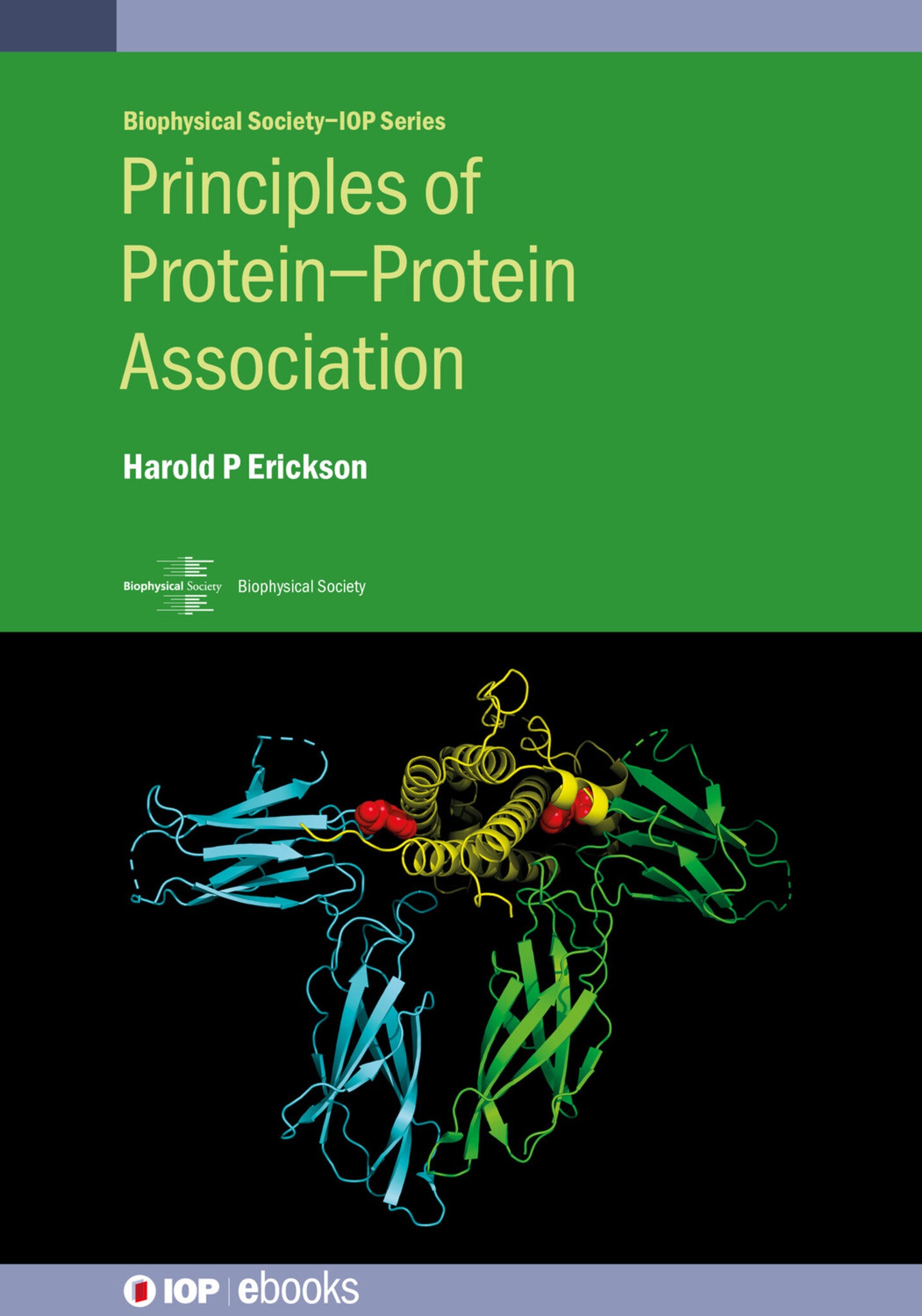We're sorry. An error has occurred
Please cancel or retry.
Principles of Protein–Protein Association

Some error occured while loading the Quick View. Please close the Quick View and try reloading the page.
Couldn't load pickup availability
- Format:
-
19 June 2019

Protein–protein associations are fundamental to biological mechanisms. Developed from lectures given to beginning graduate students in cell and molecular biology, this book presents general principles of thermodynamics and kinetics, and structural principles of protein–protein interface as well as guided reading of informative classic papers. Faculties organizing similar classes, and students and researchers wishing to learn on their own, will also find this book of use.

SCIENCE / Life Sciences / Biophysics, Biophysics

Supported by NIH
grant CA47056.
Chapter 1 Size and Shape of Protein Molecules
Chapter 2 Basic thermodynamics of reversible association
Chapter 3 The nature of the protein-protein bond, à la Chothia and Janin
Chapter 4 The structure of an antibody bound to its protein ligand – lock and key vs induced fit
Chapter 5 The complex of growth hormone with its receptor – one protein interface binds two partners
Chapter 6 The hot spot in protein-protein interfaces
Chapter 7 Cooperativity in protein-protein association and efficiency of bonds
Chapter 8 Kinetics of protein-protein association and dissociation
Chapter 9 Techniques for measuring protein-protein association – use and abuse of ELISA
Chapter 10 Fibronectin, the FNIII domain, and artificial antibodies
Chapter 11 Association of intrinsically disordered proteins – flexible binding partners



